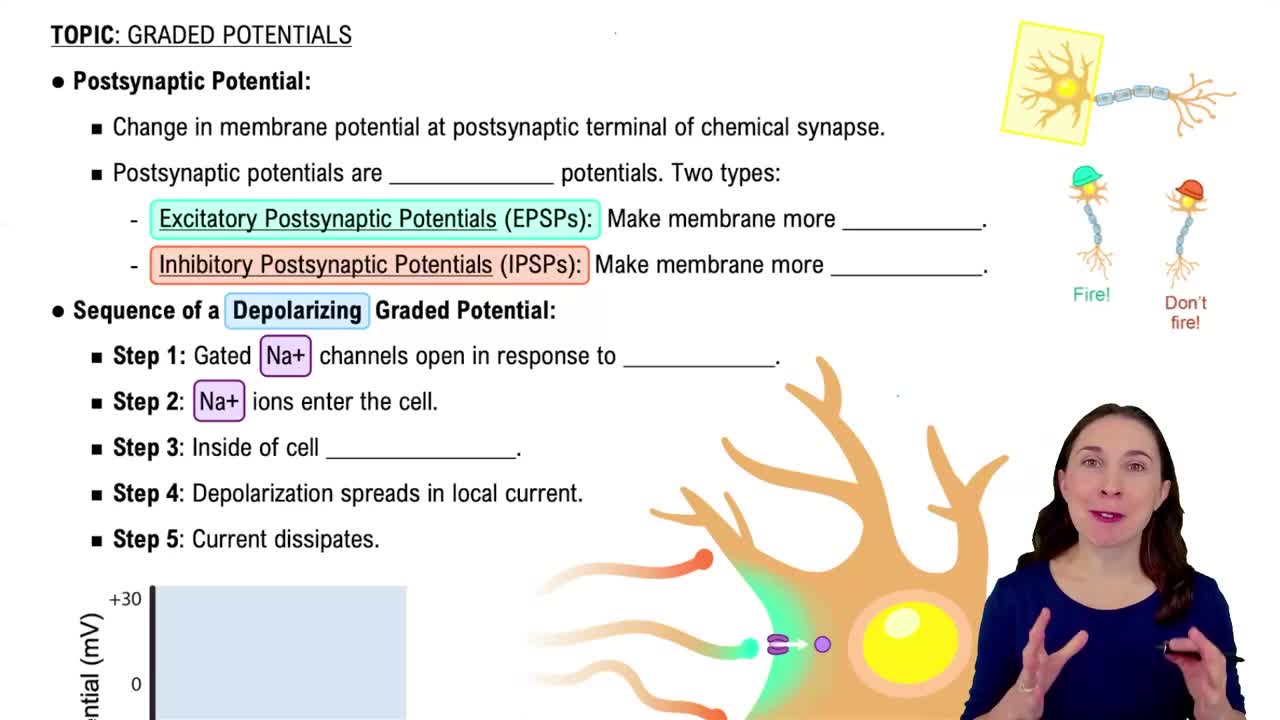Here are the essential concepts you must grasp in order to answer the question correctly.
Spinal Cord Function and Micturition Control
The spinal cord plays a crucial role in controlling micturition, or urination, through neural pathways. The lumbar region of the spinal cord contains the sacral spinal nerves that are responsible for bladder control. Damage to this area can disrupt the signals necessary for voluntary control of urination, leading to potential incontinence or loss of sensation regarding the need to void.
Recommended video:
Levels of Control in the ANS
Autonomic Nervous System and Reflexes
The autonomic nervous system regulates involuntary bodily functions, including bladder control. After spinal cord injury, reflexive control may remain intact, allowing for involuntary bladder contractions. However, the loss of higher brain control can result in a lack of awareness of the need to urinate, leading to dribbling or overflow incontinence due to the inability to fully empty the bladder.
Recommended video:
Introduction to the Autonomic Nervous System Example 1
Neuroplasticity and Recovery Potential
Neuroplasticity refers to the brain and spinal cord's ability to adapt and reorganize after injury. While complete recovery of bladder function may not be possible after a severe spinal cord injury, some individuals may experience partial recovery over time. Rehabilitation and therapy can help improve bladder control and awareness, but the extent of recovery varies significantly among individuals.
Recommended video:
 Verified step by step guidance
Verified step by step guidance


